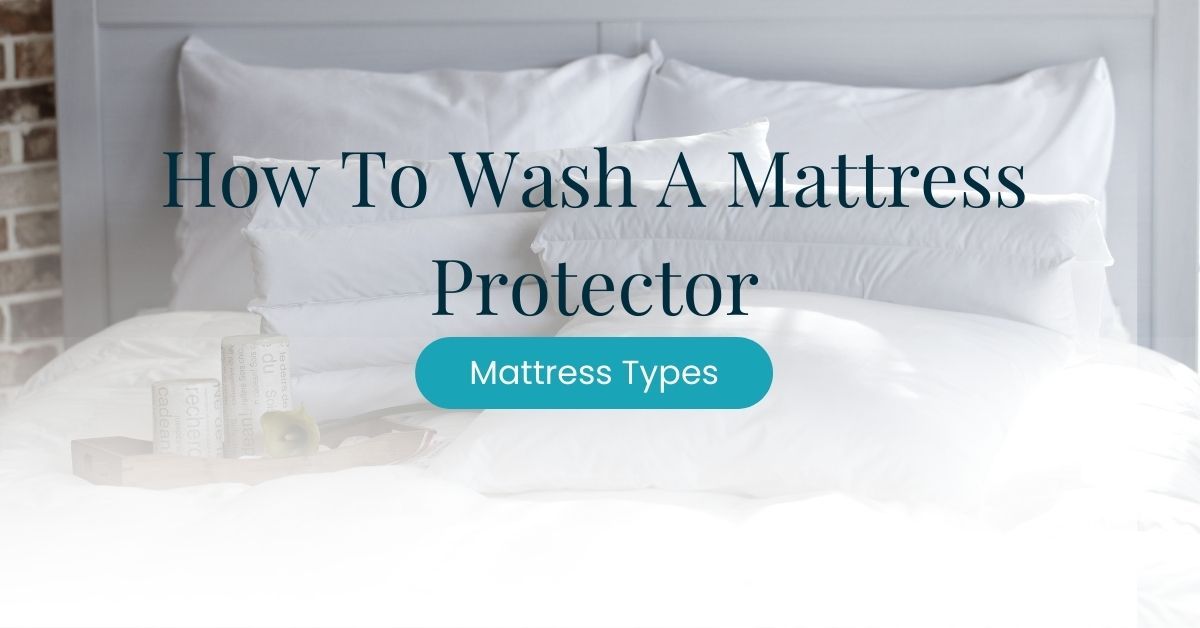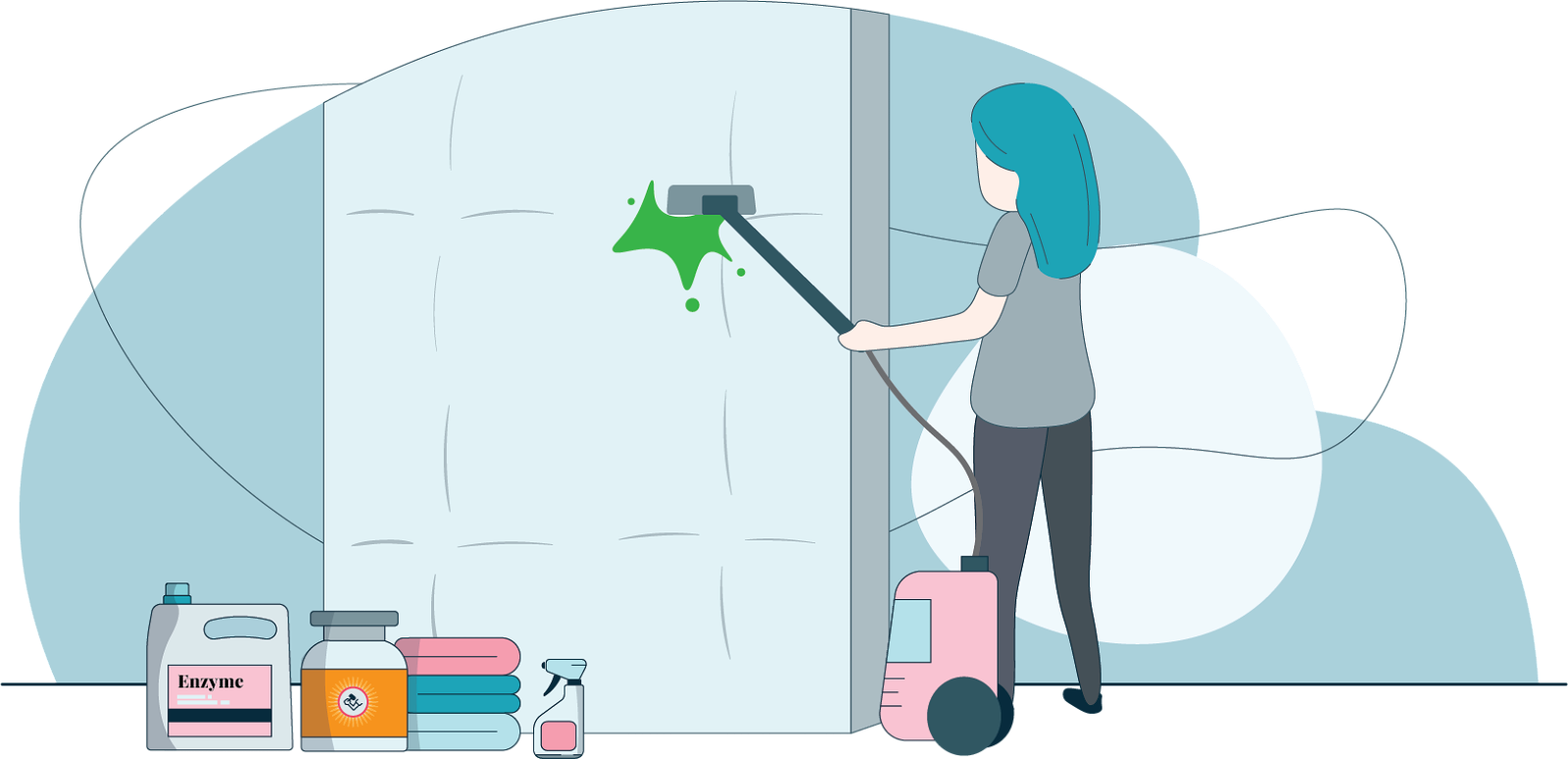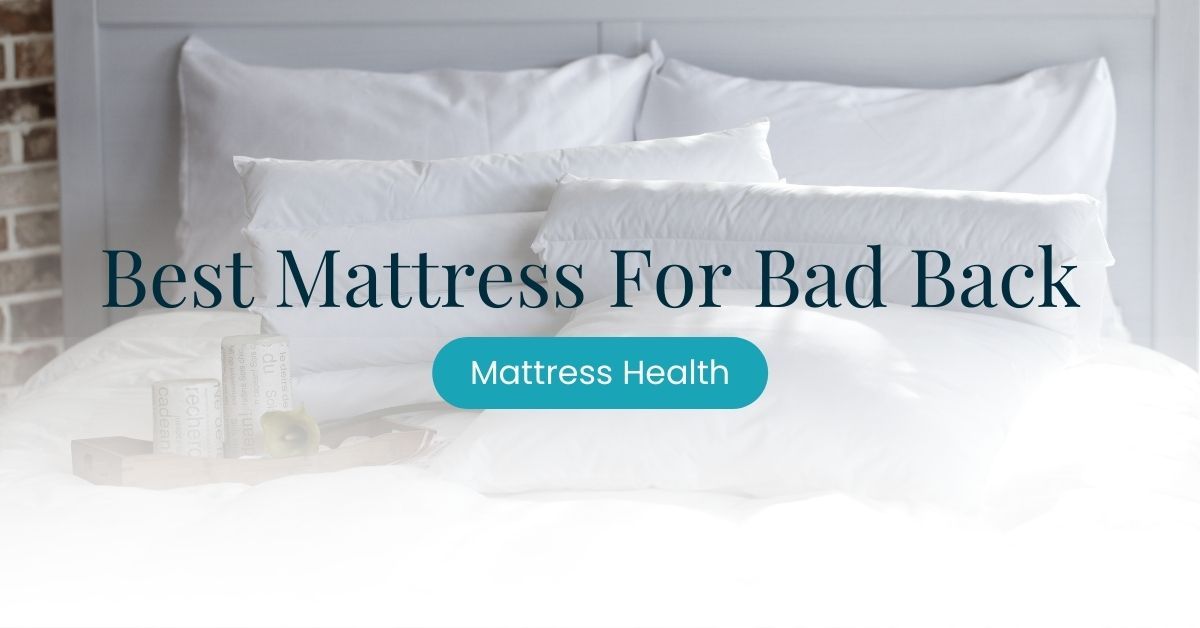Memory foam mattress toppers last between 3-5 years. It depends on the quality of materials used, memory foam type, shipping logistics, and more.
The common questions our readers ask us are:
- Does memory foam increase the topper lifespan?
- How many years do memory foam mattress toppers last?
- What memory foam mattress topper maintenance tips can we recommend?
Memory foam toppers add additional comfort to any mattress type and prolong the lifespan of a mattress.
So to help you out, we’ve prepared a guide to answer your question about how long your memory foam mattress topper will last.
How Long Does a Memory Foam Mattress Topper Last?
Memory foam mattress toppers typically last between 3-5 years. This range is just for memory foam toppers on the more expensive spectrum. Even if your mattress topper is sliding off, it may just be bad installation rather than time to get a new one.
So if you’ve bought a cheap memory foam mattress topper, proper maintenance will help you get a year or two more out of it. Although, they tend only to last 1-2 years.
The real downside is that these low-quality toppers often do not have warranties. Why? They’re normally poorly made, so the manufacturers want to save money and hope you’ll be sucked into buying a new one.
The memory foam mattress topper market is poised to rise exponentially from 30% to 60% in the next 10 years. That’s quicker than mattresses, primarily because they’re a newer technology still making its presence felt around the world.
What Factors Affect Memory Foam Topper Longevity?
A memory foam mattress topper wouldn’t just give up and say “I’m done” when it’s not in use. The following usage-related factors affect your memory foam mattress topper’s longevity:
Mattress Topper Thickness
Your memory foam mattress topper’s thickness can influence its overall lifespan.
Thick mattress toppers are built with thick and rigid cores that support the overall structure of the topper. These durable cores also support your weight, contributing to the mattress topper’s longevity.
If you’re wondering what’s considered thick, 3-4 inches (7.62-10.16 cm) are the thick ones. While 1-2 inches (2.54-5.08 cm) are the thinner ones.
User’s Weight
According to WHO (World Health Organization), more than 2 billion people worldwide are overweight or obese.
Extra weight places more pressure on the memory foam topper. Although there are no true weight limitations for foam-based mattress toppers, it helps to know the ideal thickness for your respective weight.
To do this, there are a few weight ranges to consider when it comes to choosing thickness:
- For people under 70kg, opt for a 1-2 inches thick memory foam mattress topper.
- For people beyond 70kg but not over 100kg, go for a 3-4 inches thick mattress topper.
- For people with weights over 100 kg, you can go for a 4-inches thick mattress topper.
As we mentioned earlier, thicker mattress toppers can support more weight because of their thicker and more rigid cores. If you’re a plus-sized sleeper over 105kg, please keep this in mind.
Mattress Topper Usage Frequency
How often you use your memory foam mattress topper influences how your topper will last. This is the concept we all know as wear and tear.
To understand usage frequency factors, here are some helpful questions that aim to understand your topper’s usage frequency:
- How many people use it? One or two?
- Is it used every night, or is it for guest room use?
- How about the weight of the users? The heavier the user them more pressure is exerted on the materials inside.
- Has the topper been placed on the bed properly?
These instances cause your memory foam mattress topper to degrade quicker.
Aside from working from home, the length of your sleep is also a factor (since mattress toppers are part of your bed anyways). Some people sleep short, averaging from 6 to 7 hours, while some are heavy sleepers who last 10 hours and above sleeping.
The more you use your memory foam mattress topper, the shorter its lifespan.
Mattress Topper Proper Care & Maintenance
Memory foam mattress toppers need maintenance. But the million-dollar question is, are you doing it?
Regularly cleaning your memory foam mattress topper may result in it lasting longer than its warranty period. It can be saved, even if you have to clean pee off your topper.
But your memory foam mattress topper may have a shorter lifespan if you’re not a fan of bed maintenance.
Prolong your memory foam mattress topper’s lifespan by maintaining it carefully and consistently. And if you don’t know how to, here are some tips:
- Use a mattress topper protector (these are usually waterproof fabrics that you put on the topmost layer of your bed)
- Avoid eating and drinking in bed (since people can often be clumsy, right?)
- Always look for manufacturer’s labels (those little tags are a memory foam mattress topper lifesaver!)
When to Replace Your Memory Foam Mattress Topper?
You will need to replace your memory foam mattress topper when you notice the following: When to replace your memory foam mattress topper? Here are telltale signs that you already need to replace your current mattress topper:
- Irremovable stain (yellow stains are caused by sweat, urine, and food and drinks that has a yellowish tint)
- Uneven surfaces (which can cause back pain and/or back soreness)
- Foam doesn’t go back to its normal shape (a memory foam topper should be able to bounce back to its normal shape within a few seconds)
- Smell that won’t go away
- Holes and cuts on the fabric
Frequently Asked Questions
Does Sleep Position Influence Mattress Topper Lifespan?
If you’re always sleeping in a sideways position, then your weight and pressure would completely unbothered other parts and surfaces of your memory foam mattress topper.
We can link this to wear and tear: the more you use it, the shorter its life will be. The only difference is that unused surfaces (because you sleep in a particular position) will be completely fine. In contrast, the surfaces you frequently use will see obvious signs of wear and tear.
As for the specific sleeping positions, the combo sleeping position (all types of sleeping positions) is probably the most damaging since it involves all sleeping positions in a single night.
The pressure of front and back positions covers more surface area than side sleepers, but the weight and pressure are evenly distributed in a large surface area.
Meanwhile, side sleepers don’t cover as much surface area, but the weight and pressure are concentrated on that small surface which can degrade prematurely while the area around it is totally fine.
Does The Type of Memory Foam Affect Its Longevity?
No, memory foam mattress topper lifespan is uniform across all the types, including ‘gel’ memory foam and ‘dual-layer’ memory foam toppers.
A gel memory foam mattress topper contains cooling beads with gel inside (hence the name). These cooling beads cool down your body during sleep since memory foam retains heat, allowing hot sleepers to sleep cool.
Meanwhile, a dual-layer memory foam mattress topper has two layers: the memory foam layer and the fiberfill one. Some manufacturers join the two: one side is gel-infused memory foam, and the other is the fiberfill one.
All types of memory foam use memory foam as the comfort layer (the side you lie down on), so their longevity would be uniform even with their own unique features.
What affects longevity is not its features but the memory foam mattress topper’s density. Denser mattress toppers with 5 pounds per cubic feet of density are unarguably more durable and long-lasting since air gaps are virtually nonexistent.
Just pure foam that supports your entire weight. The downside is denser toppers are not good for hot sleepers since denser memory foams retain more heat than less dense memory foams.
How Does Memory Foam Compare to Other Types In Terms of Longevity?
Foam-based mattress toppers are consistently ranked as the toppers with the longest lifespans. So this includes memory foam mattress toppers.
For comparison, these are the mattress topper types as well as their respective lifespans:
Memory foam mattress toppers commonly last for 3-5 years.
Latex foam mattress toppers commonly last for 3-4 years.
Polyfoam mattress toppers commonly last for 1-2 years.
Down and feather mattress toppers commonly last for 1-2 years.
Wool mattress toppers commonly last for 3-5 years.
These are approximate time ranges. Your mattress topper can outlive its average lifespan and intended warranty period through careful maintenance practices.
1 Sources
- Xiao, Yijing; Becerik-Gerber, Burcin DDes; Lucas, Gale PhD; Roll, Shawn C. PhD Impacts of Working From Home During COVID-19 Pandemic on Physical and Mental Well-Being of Office Workstation Users, Journal of Occupational and Environmental Medicine: March 2021 – Volume 63 – Issue 3 – p 181-190 doi: 10.1097/JOM.0000000000002097





